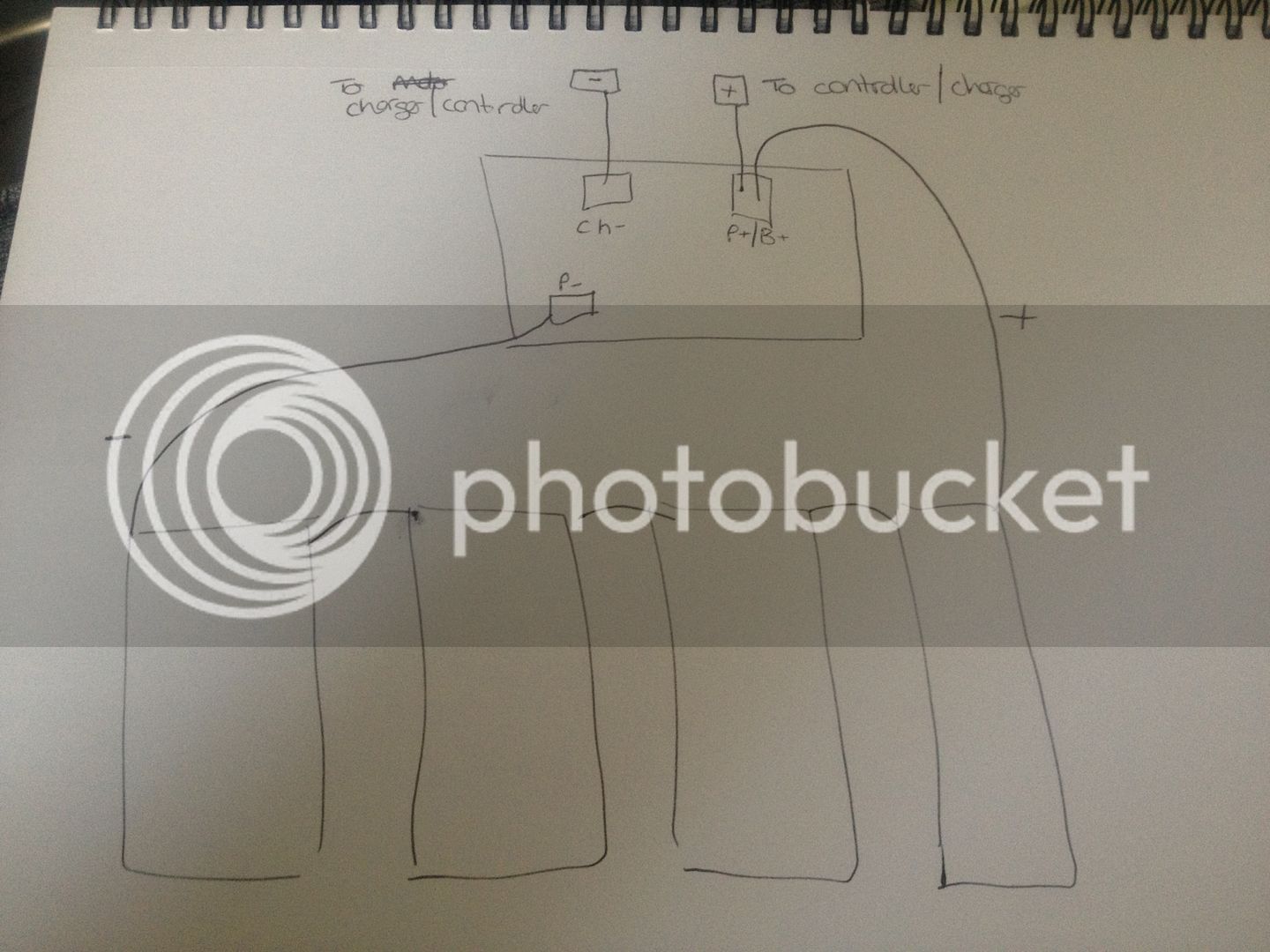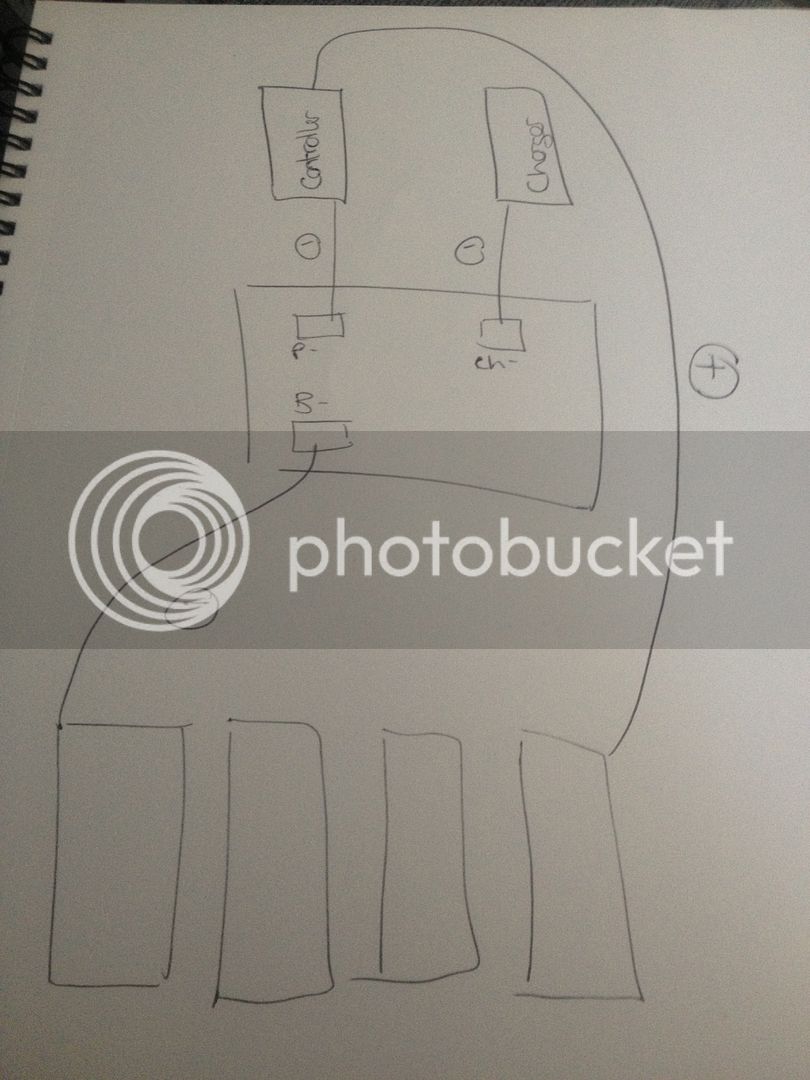andrew.box
100 W
So what type of oem is buying thousands of 18 and 20s BMS units? Just curious what their 'real' target customer is since of course it's not a few dozen of us building custom e bike packs. Anyone have an idea?
lowering the summed up end voltage would NOT change the voltage per cell at which balancing would start. as i understand it: a cell reaches 3.6V, and the bleeding resistors start reducing the voltage of this particular cell by burning this over voltage.dnmun said:you would reduce the charger voltage if you wanna lower the balancing voltage but you should charge up to the 3.65v level though in order to fully charge the cells.
a little over 59 up to 60 is ok for the 16S of lifepo4. the extra voltage above the 58.4V level forces the cells which are lower to fill.
ah ok. just checked again. the balance voltage is NOT adjustable. it's a fixed voltage. that's baddnmun said:that is not how they work. you cannot change the setting in the comparator so the voltage where the shunt transistor turns on is permanently fixed.
the reason for charging to full voltage is so that the low cells can charge up also. for 24S you should have a minimum of the 87.6V and i recommend adding a little more to force the low cells to charge up also.
Bazaki said:Ok here is what I have.
BMS disconnected from anything.
The 5 charging mosfets I measure :
red probe middle black probe right 004 and beeeeeep on multi meter
and same result when reverse the black and red probe.
All other mosfets :
black probe middle red probe right 390
if I reverse red and black I measure nothing.
Charging mosfets dead ? Is it possible to hear them ticking when I charge a battery ?
ok. good to know. then i'm finednmun said:yes, 3.9V is not harmful, it is not as big a problem as under charging the cells because that allows the low ones to fall farther outa balance each cycle.
dnmun said:Bazaki said:Ok here is what I have.
BMS disconnected from anything.
The 5 charging mosfets I measure :
red probe middle black probe right 004 and beeeeeep on multi meter
and same result when reverse the black and red probe.
All other mosfets :
black probe middle red probe right 390
if I reverse red and black I measure nothing.
Charging mosfets dead ? Is it possible to hear them ticking when I charge a battery ?
yes, if the diode tester reads 0004V when you put the red probe on the drain and the black probe on the source then the mosfet is shorted.
the 390mV is the forward bias of those other output mosfets, and when you reverse the probes the circuit is open so you get the ---- on the meter. that is the reversed body diode.
not sure how you killed the charging mosfets though. they would have been damaged when current flowed through the body diode and cause the mosfets to overheat and blow open.
did you talk to henry about replacing it? those mosfets can be replaced too and the BMS should still work.
you can plug the sense wire plug back in and measure the gate voltage on the end where all those pins are lined up between top and bottom.
the pins are in groups of 2 at a time. each two pins are tied together on each end where they are soldered down.
counting from the right, the second to last group of two pins is the gate voltage of the charging mosfets, and the third group of two pins is the gate voltage of the output mosfets. there is the D4 printed just above the pins with the gate signal for the output mosfets

THE quote of the day. loldnmun said:"the old headway BMS 20 ohm shunt resistors would get hot too. that's what they all do for a living. just get hot"



